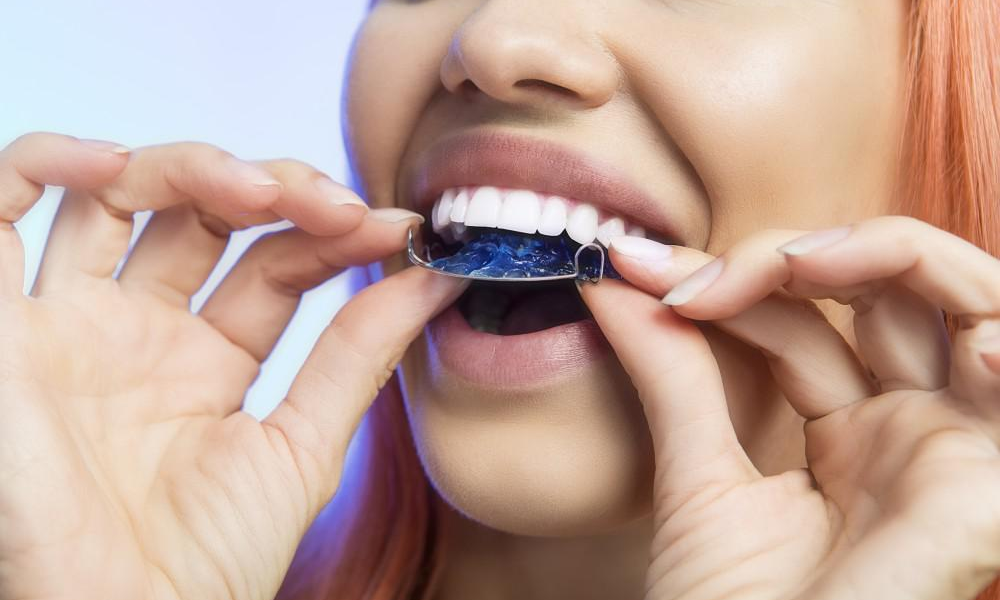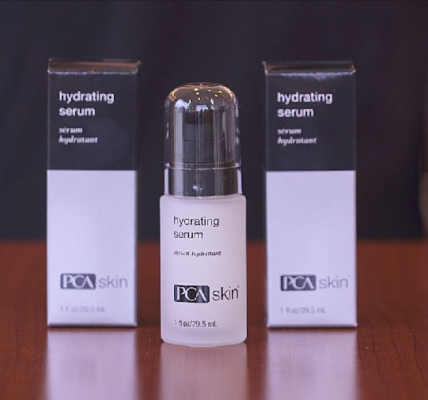Your orthodontist can recommend permanent retainers, which are placed in your mouth after braces have been removed. Removable retainers worn at night, or a permanent or lingual retainer attached to the back of your teeth, are your options once your braces are removed. Teeth can shift back into their previous, incorrect positions after braces are removed; therefore, wearing a permanent retainer helps keep them from doing so.
What are Permanent Retainers?
A permanent retainer, also known as a bonded retainer or fixed retainer, is a metal bar that holds your teeth in place following orthodontic treatment, preventing them from moving. This is normally utilized after braces have been removed and your teeth are perfectly aligned. Retainers aid in the prevention of problems like gapping and crowding.
These retainers are typically bonded to the inside of the lower front teeth since the lower front teeth have the shortest, lowest roots, making them more prone to shifting over time due to their weaker foundations. We had patients at Orthodontic Experts who had previous orthodontics and were not careful about using retainers. As a result, their lower front teeth began to slip back.
Bonded retainers are not the same as removable Vivera, Essix, or Hawley retainers. If you have a permanent retainer attached to your teeth, it will not come out until anything goes wrong.
Purpose of Getting Permanent Retainers
A permanent retainer is ideal for someone who does not want to deal with the trouble of remembering to wear and adjust the retainer daily. It is implanted inside, so it is not visible to everyone, and it stays in one position. It is easily treated with basic hygiene and 60 seconds of flossing.
Retainers are required once the braces are removed. Even after the braces are removed, the teeth move slowly, and the retainers are supposed to keep that effect going. Maintaining them on the teeth depends on the patient’s age, but they can easily stay for five years on average.
Pros of Permanent Retainers
So, if you’re thinking about whether to have a permanent retainer, you should be aware of the benefits and drawbacks of this sort of dental appliance. There are numerous advantages.
- They will not come off. Removable retainers can be removed and replaced, implying they can be lost. Permanent retainers are never misplaced; they are always in the same location!
- Nobody is aware of their presence. Permanent retainers are not visible, so there is no need to worry about how you appear when wearing one.
- They are difficult to damage. Removable retainers are readily destroyed since they can be trodden on, crushed, bent, or deformed while not in use. Because permanent retainers are always in the same safe spot – your mouth – they have little chance of becoming damaged in this way.
- Removable retainers are less effective. Because permanent retainers never leave, this means they never cease working. They’re quite good at retaining teeth in place.
- They do not affect your speech. Permanent retainers almost do not affect speech patterns. However, removable retainers can induce a mild lisp that can be difficult to mask.
Cons of Permanent Retainers
Despite all of the advantages, there are still aspects of permanent retainers that many dislike. This is everything you need to know.
- The installation process can take up to an hour. Depending on where it’s set, your permanent retainer could take an hour or more to install. Once the process is over, you will most likely not have to go through it again for a long time.
- Brushing and flossing are more difficult. Following implantation, you must exercise extreme caution to ensure that you are brushing and flossing your teeth thoroughly, as plaque will readily accumulate around the gadget.
- The cable may snap. Permanent retainers are extremely robust, but if the wire breaks, it must be replaced.
- It can be unsettling or irritating at first. Once the retainer is in place, it could be there for a long time! Some people find this appliance uncomfortable at first, but they eventually get used to it.
How to Floss with a Permanent Retainer?
Flossing is required to keep your teeth clean when wearing a permanent retainer. Floss is a thin filament that takes the shape of a chord. For all places, use a chord 18 to 20 inches long and work with roughly 2 inches for each unique space.
Slide the tip of it between your teeth, then gently wiggle it in and out between your teeth. Make sure not to slide against the gums since the force may cause them to break. Make sure to remove all food particles between the teeth before moving on to the next spot. Once you’re in practice, it only takes about 60 seconds out of your day.
Book an appointment now to answer all your queries. You can book an appointment with the top Dentists in Lahore through Marham by calling Marham helpline: 0311-1222398 or by online booking facility through the website or Marham mobile app.
Frequently Asked Questions(FAQs)
1- How long are permanent retainers in effect?
Keep in mind that permanent retainers can last for up to 20 years. A skilled and professional orthodontist is the only safe and effective way to get your permanent retainer removed.
2- Is it safe to remove my permanent retainer?
Instead of staying straight after treatment, your teeth will want to return to their original position. We combat this with a retainer once your braces come off, and you must wear it every day. Teeth naturally migrate while young and drift as they age.
3- Why shouldn’t I get one?
A permanent retainer, like any dental appliance, might break. Hard meals, mouth injuries, or plain wear and tear can break wires or loosen teeth from the device.










